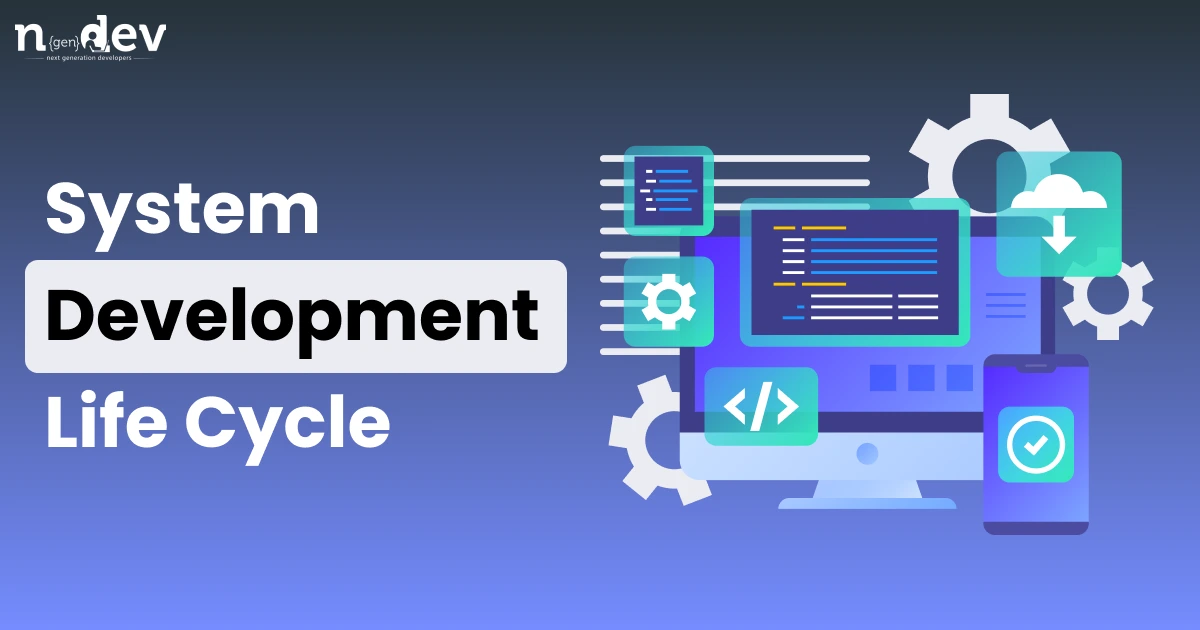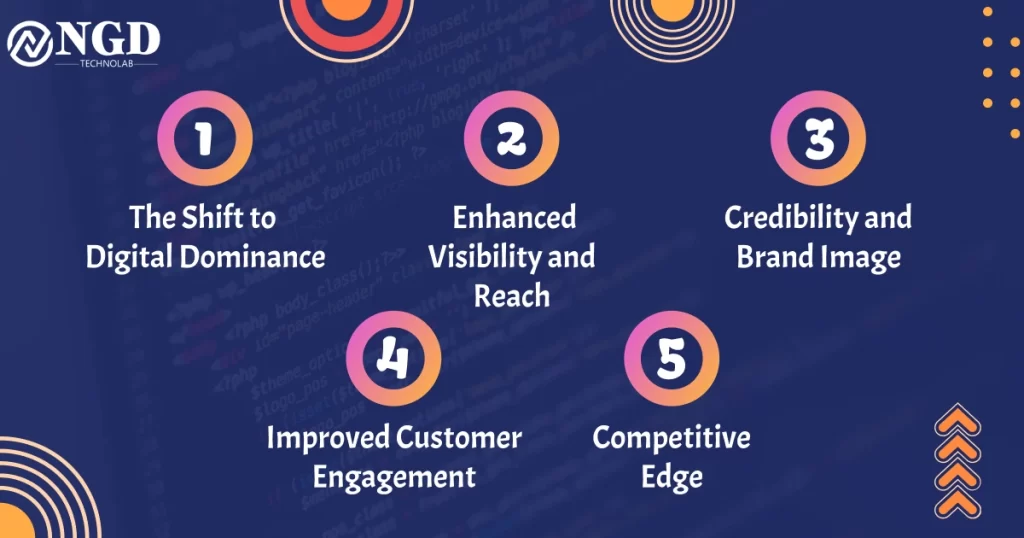System Development Life Cycle
-
Harshid Patel

The system development life cycle (SDLC), also known as the software development life cycle, is a crucial process in creating and maintaining software systems. This methodology encompasses planning, design, implementation, testing, and maintenance phases, ensuring a structured approach to system development. It emphasizes collaboration, flexibility, and adaptability, facilitating efficient project management
To simplify, you can think of SDLC as a roadmap for software development projects, ensuring that they stay on track and meet their objectives. It is synonymous with software development methodologies, development processes, or project life cycles.
What is the System Development Life Cycle?
The System Development Life Cycle, commonly known as SDLC, is a structured approach to software development that divides the entire process into distinct phases. These phases are meticulously planned and executed to ensure the successful creation, implementation, and maintenance of software systems. SDLC provides a systematic framework for developers, project managers, and stakeholders to collaborate effectively and achieve the desired outcomes.
Importance of SDLC in Software Development
1. Ensuring Quality: SDLC incorporates rigorous testing and validation processes, ensuring that the final product meets high-quality standards.
2. Cost Efficiency: By identifying and addressing issues early in the development cycle, SDLC helps in reducing the overall project cost.
3. Risk Management: It allows for the identification and mitigation of potential risks, minimizing project setbacks.
4. Effective Communication: SDLC promotes clear communication among project stakeholders, fostering collaboration and transparency.
5. Client Satisfaction: By aligning the final product with client requirements, SDLC enhances client satisfaction and trust.
Key Stages of the SDLC
The first phase of SDLC involves extensive planning and gathering of project requirements. During this stage, stakeholders collaborate to define the project scope, objectives, and constraints. It’s essential to have a clear understanding of what the software should achieve and who the end-users are.
In the System Design phase, developers create a blueprint for the software’s architecture. This includes defining the system’s structure, components, and functionalities. A well-designed system is essential for ensuring scalability, performance, and maintainability.
Once the system design is finalized, developers begin writing the actual code. This phase involves turning the design into a functional software product. Developers need to adhere to coding standards and best practices to ensure the code’s quality.
The Testing and Quality Assurance phase is dedicated to rigorously testing the software to identify and rectify defects. Various testing methods, including unit testing, integration testing, and user acceptance testing, are performed to ensure the software’s reliability and functionality.
SDLC Methodologies
The Waterfall Model is a linear and sequential approach to SDLC. It involves progressing through defined phases one after the other, with each phase dependent on the deliverables of the previous one. This model is well-suited for projects with clear and stable requirements.
Agile is an iterative and flexible approach to SDLC that focuses on delivering a minimum viable product (MVP) quickly and then incrementally adding features based on feedback. Agile encourages collaboration, adaptability, and customer involvement throughout the development process.
The Iterative Model involves repeating cycles of development, testing, and refinement. Each iteration results in a more refined and feature-rich product. This approach is suitable for projects where requirements may evolve or are not entirely clear from the outset.
DevOps is a culture and set of practices that emphasize collaboration between development and IT operations teams. It focuses on automating and streamlining the software delivery process, leading to faster and more reliable releases.
The Iterative Model involves repeating cycles of development, testing, and refinement. Each iteration results in a more refined and feature-rich product. This approach is suitable for projects where requirements may evolve or are not entirely clear from the outset.
DevOps is a culture and set of practices that emphasize collaboration between development and IT operations teams. It focuses on automating and streamlining the software delivery process, leading to faster and more reliable releases.
Conclusion
System Development Life Cycle (SDLC) is a cornerstone of software development, ensuring that projects are executed efficiently and successfully. By understanding its stages and methodologies, developers and project managers can make informed decisions and deliver high-quality software that meets client requirements.
Frequently Asked Questions
SDLC is a structured approach to software development that divides the process into distinct phases for efficient and effective project management.
SDLC ensures quality, cost efficiency, risk management, effective communication, and client satisfaction in software development projects.
The key stages include Planning and Requirement Analysis, System Design, Implementation and Coding, and Testing and Quality Assurance.
DevOps is a culture and set of practices that emphasize collaboration between development and IT operations teams, automating and streamlining software delivery processes for faster, reliable releases.
Get Free consultation and let us know about your custom web and Mobile App project idea

Over 13+ years of work experience, we have built 210+ web and mobile apps
We can help you with
- Dedicated Developer
- delivering high-quality development
- Custom Mobile App Development
- Innovative Solution For Startups and Enterprise
Get Free consultation and let us know about your custom web and Mobile App project idea

Over 10 years of work experience, we have built 210+ web and mobile apps
We can help you with
- Dedicated Developer
- delivering high-quality development
- Custom Mobile App Development
- Innovative Solution For Startups and Enterprise
Latest Blogs
Explore the Latest Blogs on Trends and Technology.




